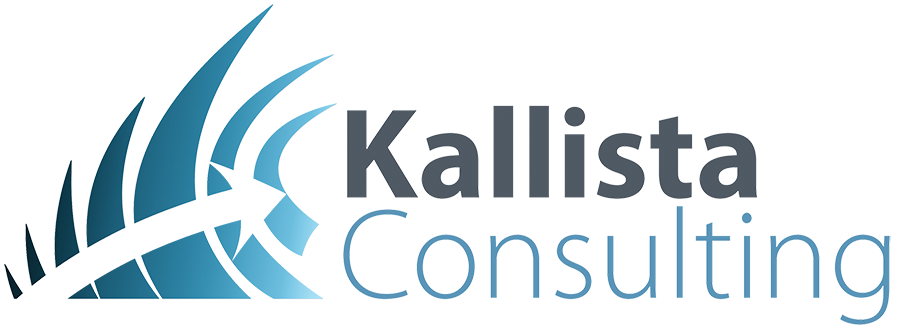Value Creation & Waste: A Lean Practitioner's Perspective
Part 1 of Value Creation & Waste: A Lean Practitioner's Perspective
People describe Lean in many ways, but I find it most helpful to define Lean as:
a philosophy for maximising the creation of value that comprises three elements:
Strategies for minimising waste
Practices that create and support high performance teams
A Lean Toolbox of tools and techniques that help lean practitioners to drive continuous improvement.
A lean practitioner must be able to recognise wasteful activities in the workplace and devise solutions to minimise the overall waste profile. As we examine a process and observe each activity within that process, we separate each part of the process into value adding activity and non-value adding activity, or waste.
There are three simple rules to qualify any single activity as value adding:
The activity must transform the product or service in some way. For example, if we take a number of components and assemble them, that is a transformation. Similarly, if we analyse data, draw conclusions and create a report, we have transformed the data into something more useful.
The transformation must be one that the customer values. If we perform some activities that the customer doesn’t care about, these cannot be considered value adding. To pass this test, we must ensure that the work we are doing is something the customer explicitly requires.
The output must be right first time. Making defects or having to do rework should have been avoidable and is not value adding.
Any activities that do not pass these tests are defined as either:
Business Value Add; Things that are useful for the business to do but which do not directly provide value to the customer or
Waste; Things that add no value to either the customer or the business
Taiichi Ohno, the Toyota Executive who led the creation of the Toyota Production System, categorised waste (‘Muda’ in Japanese) into seven categories:
Transport: Excessive movement of work or materials
Inventory: Excessive parts, materials etc and, importantly, idle WIP, i.e., queues of work
Motion: Excessive movement of people
Waiting: People or machine unable to work on their priority tasks*
Over-production: Producing too much too early
Over-processing: Unnecessary bureaucratic waste
Defects: Any work not right first time
Understanding these process wastes and learning how to identify them in the real workplace (Learning to See) is an essential element of process improvement and will provide you with powerful insights into process performance within your organisation.
Just a quick note of the quantity of seven wastes. I am aware of variations in the wastes of operations where other practitioners claim there are 8 or more wastes, with the additional wastes typically being poor utilisation of space or poor utilisation of the skills of employees. I resist this as I see these wastes either as alternative manifestations of the original seven or as missing practices that promote high performance. Personally, I think Ohno nailed it with the seven and in several decades as a business advisor specialising in process improvement, I have never found the need to expand the list.
Understanding the seven wastes doesn’t need to be complicated. As you will see in this series of articles, these concepts are quite simple to understand, although, as I will point out, sometimes some of the wastes can hide from you, so you do need to know where to look and what to look for. All of the seven wastes will exist in some form in all organisations. The specific manifestation of waste and the amount of each will be unique to each specific organisation – what I call the ‘organisational waste profile’. The key is to learn where to look and what to look for. Inventory and Defects are critical in all organisations, and I call these the two killer wastes. Other wastes tend to be more important depending on the type of organisation they are present in, i.e., Motion and Transport are key in manufacturing while Waiting and Over-processing are common features of administrative and service processes.
In this series of articles, I will break down each of the seven wastes and discuss their cause, manifestation, impact and strategies to reduce them.


